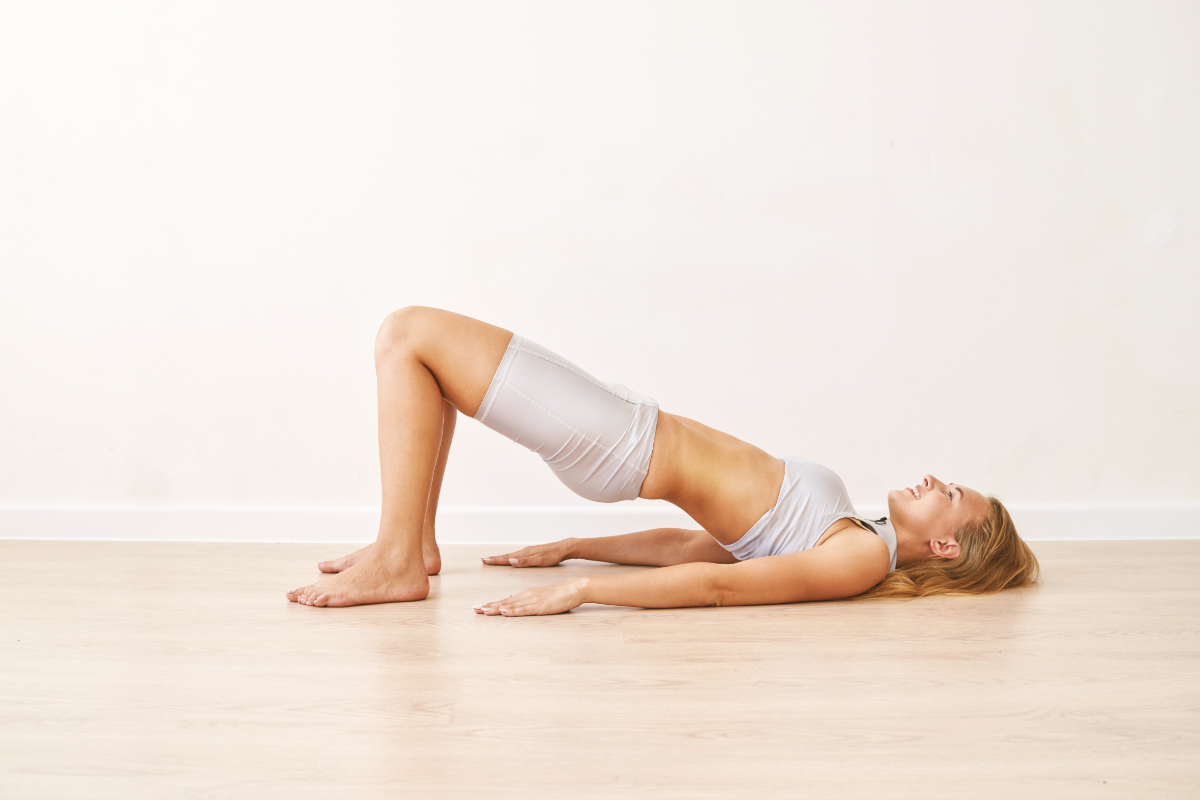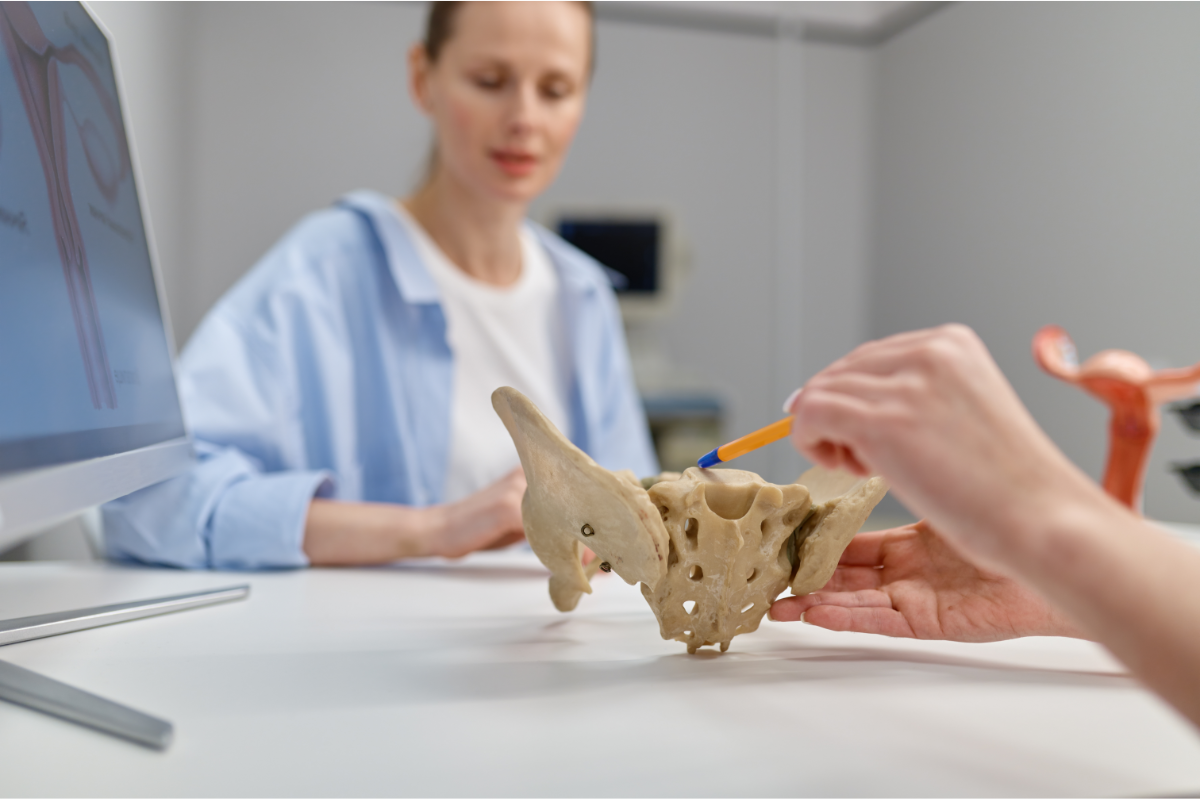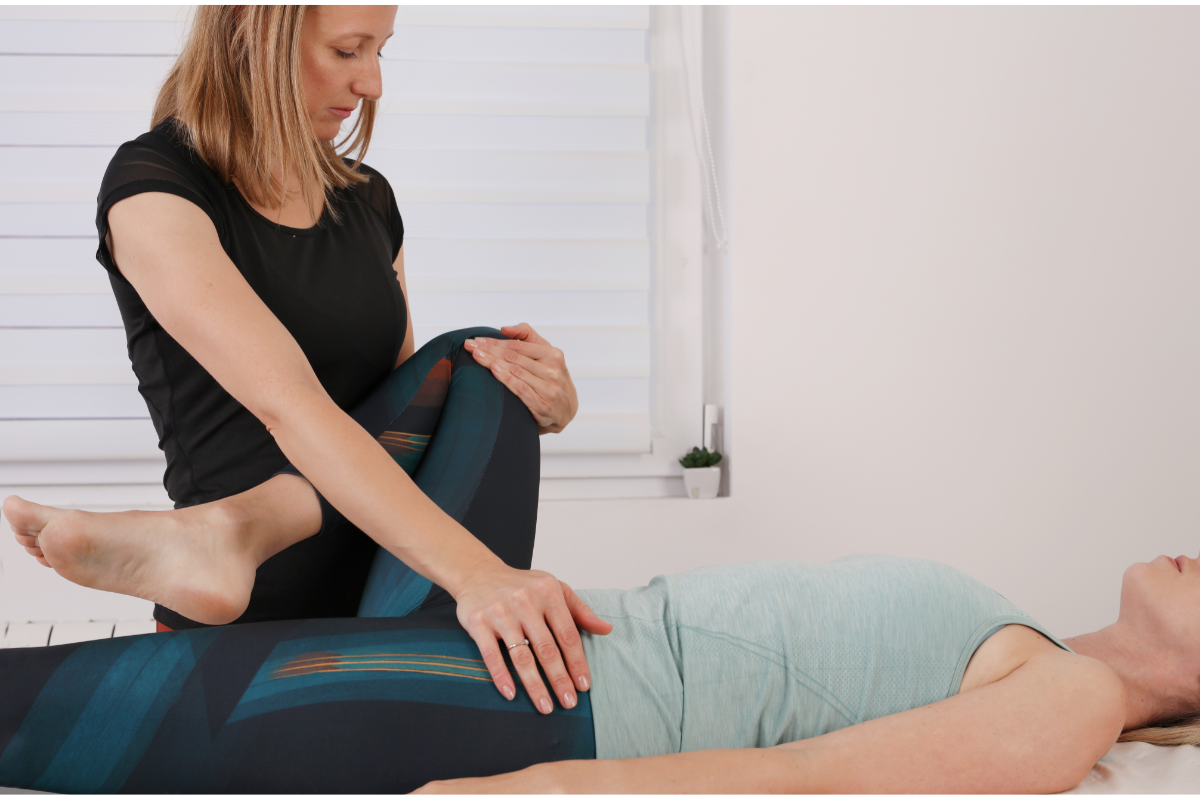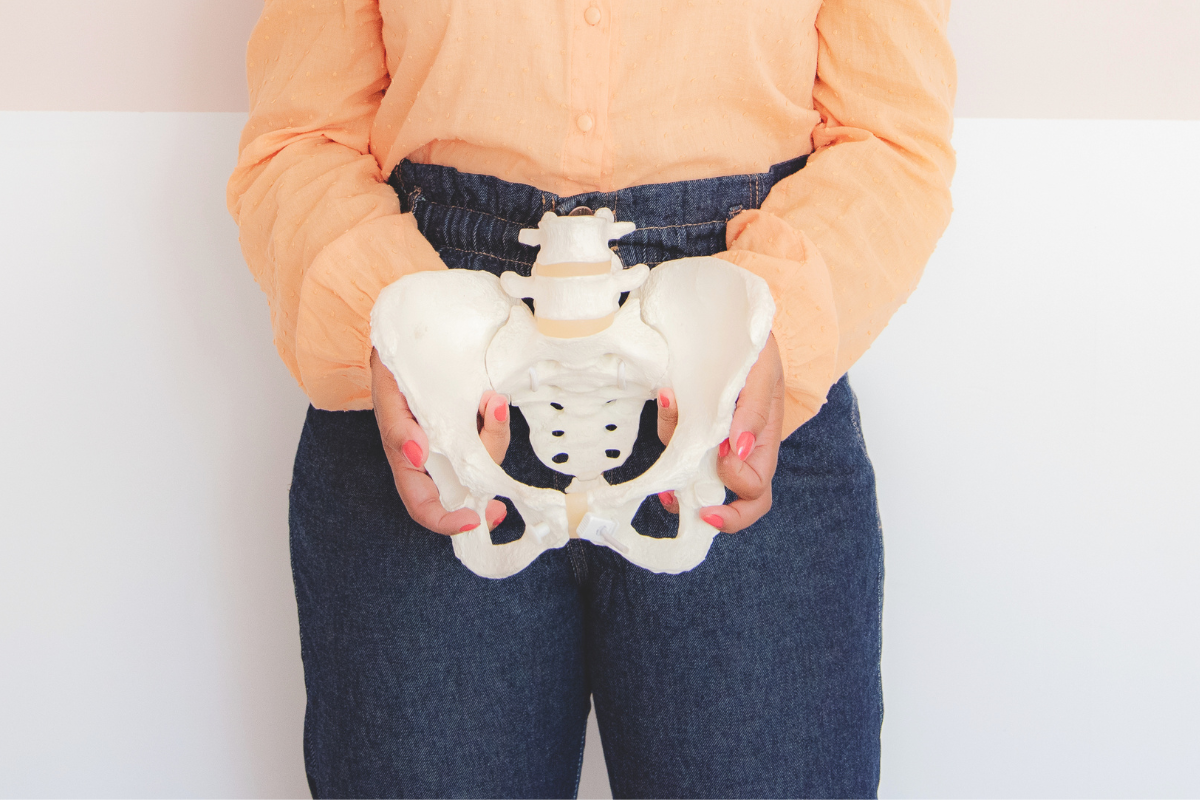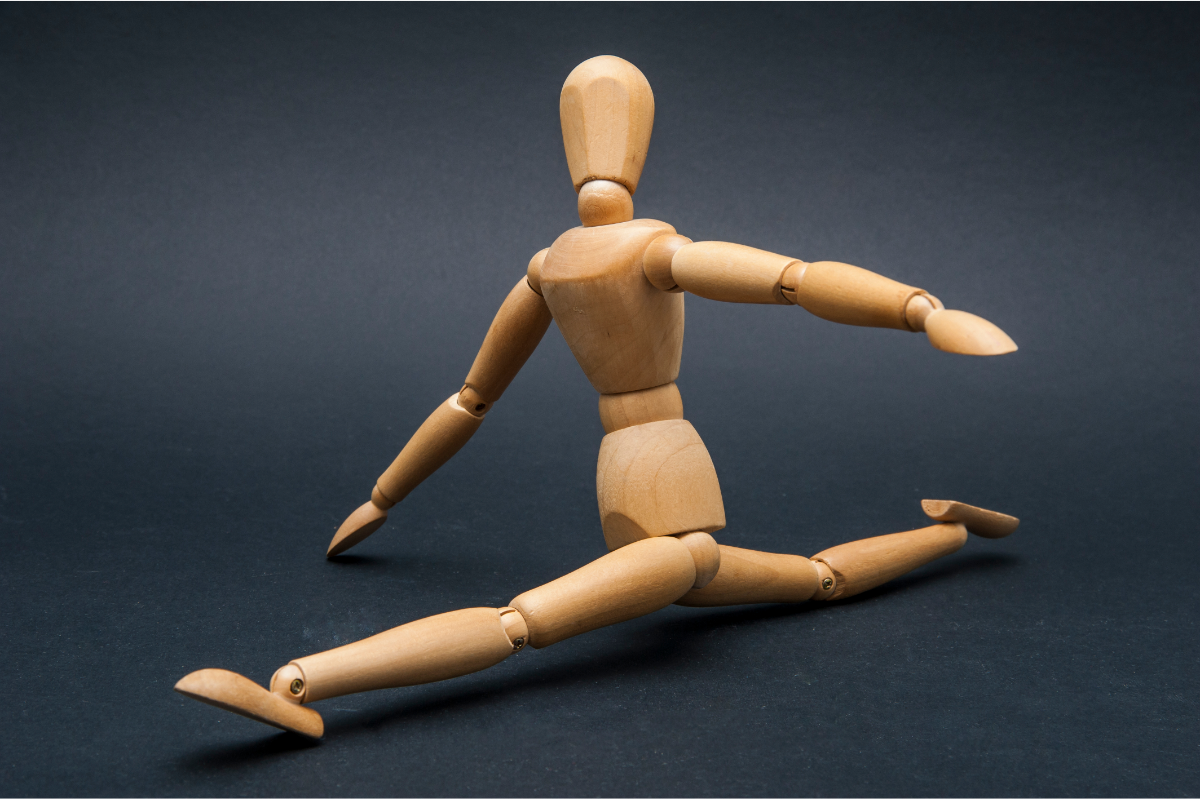What is Pelvic Floor Training for Athletes for?
Chronic pelvic pain (CPP) is a complex and often debilitating condition that affects a significant number of individuals, predominantly women. Characterized by persistent pain in the pelvic region lasting six months or longer, CPP can stem from various underlying causes, including endometriosis, pelvic inflammatory disease, irritable bowel syndrome, and musculoskeletal disorders. This multifaceted nature of CPP not only complicates diagnosis but also contributes to its impact on an individual’s quality of life, affecting daily activities, emotional well-being, and intimate relationships.
Understanding the causes of chronic pelvic pain is crucial for effective treatment. In many cases, pelvic pain can result from dysfunction in the pelvic floor muscles, a group of muscles that support the pelvic organs, including the bladder, uterus, and rectum. These muscles play a vital role in various bodily functions, such as urinary and bowel control, sexual function, and core stability. When these muscles become weak, tight, or imbalanced due to trauma, injury, or stress, they can contribute to or exacerbate pelvic pain.
Pelvic floor exercises, often referred to as Kegel exercises, focus on strengthening and relaxing these crucial muscles. By targeting the pelvic floor, individuals may experience a reduction in pain symptoms and improved overall function. These exercises can enhance blood flow, promote muscle relaxation, and improve the coordination of pelvic floor muscles, ultimately leading to pain relief. Furthermore, pelvic floor exercises can be easily incorporated into daily routines, making them a practical option for those seeking to manage their chronic pelvic pain effectively.
This article delves into the benefits of pelvic floor exercises in treating chronic pelvic pain, exploring how these exercises can empower individuals to take an active role in their pain management journey. By understanding the connection between pelvic floor dysfunction and chronic pain, as well as the techniques for effective exercise, individuals can work towards alleviating their symptoms and improving their quality of life.
What Are Pelvic Floor Exercises?
Pelvic floor exercises, commonly known as Kegel exercises, involve the contraction and relaxation of the pelvic floor muscles. These muscles form a supportive sling at the bottom of the pelvis, helping to control the bladder and bowel, support reproductive organs, and contribute to sexual function. The exercises are designed to strengthen these muscles, improving their endurance and flexibility. They can be performed discreetly and at any time, making them a convenient option for many individuals.
To perform Kegel exercises, one must first identify the pelvic floor muscles. This can be done by stopping urination midstream; the muscles used to do this are the pelvic floor muscles. Once identified, the individual can practice contracting these muscles for a count of three to five seconds, followed by a relaxation period of the same duration. Over time, individuals can gradually increase the duration and frequency of their exercises.
The Connection Between Pelvic Floor Dysfunction and Chronic Pain
Pelvic floor dysfunction occurs when the pelvic floor muscles are too tight (hypertonic) or too weak (hypotonic), leading to various issues, including chronic pelvic pain. When these muscles are overly tight, they may restrict blood flow and cause muscle spasms, contributing to pain and discomfort. Conversely, weak pelvic floor muscles can lead to inadequate support for pelvic organs, resulting in instability and pain during physical activities or sexual intercourse.
Research indicates that pelvic floor dysfunction is often a significant factor in chronic pelvic pain syndromes, such as vulvodynia and interstitial cystitis. By addressing pelvic floor dysfunction through targeted exercises, individuals may experience relief from pain, improved muscle coordination, and enhanced pelvic stability.
How Pelvic Floor Exercises Help Alleviate Chronic Pelvic Pain
Pelvic floor exercises can alleviate chronic pelvic pain by promoting muscle relaxation, improving blood circulation, and enhancing the strength and coordination of the pelvic muscles. When practiced regularly, these exercises can help release tension in the pelvic region, reducing discomfort and enhancing overall function.
In addition to providing immediate pain relief, pelvic floor exercises can have long-term benefits. They may help improve bladder and bowel control, reduce symptoms of incontinence, and enhance sexual function. As individuals gain better control over their pelvic floor muscles, they may also experience increased confidence and a more positive body image, further contributing to their overall well-being.
Techniques and Types of Pelvic Floor Exercises
There are several techniques for pelvic floor exercises, each targeting different aspects of muscle function:
- Kegel Exercises: As previously described, these focus on the contraction and relaxation of the pelvic floor muscles.
- Deep Breathing: Incorporating deep, diaphragmatic breathing can help relax the pelvic floor muscles, especially for those experiencing tension and tightness.
- Bridge Exercise: Lying on the back with knees bent and feet flat on the floor, individuals lift their hips while squeezing the pelvic floor muscles, then lower back down. This strengthens both the pelvic floor and gluteal muscles.
- Squats: Properly executed squats can engage the pelvic floor while strengthening the legs and core.
- Pelvic Tilts: While on hands and knees, individuals can gently arch and round their back, engaging and relaxing the pelvic floor muscles in the process.
- Yoga and Pilates: Many poses and movements in these practices emphasize pelvic floor awareness and engagement, providing a holistic approach to pelvic health.
Incorporating Pelvic Floor Exercises into a Comprehensive Pain Management Plan
For effective management of chronic pelvic pain, pelvic floor exercises should be integrated into a comprehensive pain management plan. This may include physical therapy, medication, lifestyle modifications, and alternative therapies such as acupuncture or mindfulness practices.
Individuals should begin with a clear understanding of their specific pain triggers and patterns. Regularly incorporating pelvic floor exercises, along with other pain management techniques, can lead to significant improvements in symptoms. Keeping a journal to track progress can also help individuals identify what works best for their unique situations.
The Importance of Professional Guidance: When to Consult a Specialist
While pelvic floor exercises can be performed independently, seeking professional guidance from a pelvic health specialist, such as a physical therapist or a certified pelvic floor therapist, can enhance outcomes. These professionals can assess individual needs, provide tailored exercise programs, and teach proper techniques to ensure effectiveness and safety.
Consultation with a specialist is particularly important if:
- The pain is severe or persistent.
- There is uncertainty about which muscles to target.
- There are other underlying health issues that may complicate pelvic floor dysfunction.
- Individuals experience significant discomfort or pain during exercises.
Success Stories: Real-Life Experiences with Pelvic Floor Exercises
Many individuals have found relief from chronic pelvic pain through pelvic floor exercises. Success stories often highlight improvements in pain levels, enhanced quality of life, and a greater sense of control over their bodies. For example, individuals who have struggled with conditions like endometriosis or pelvic inflammatory disease report that incorporating pelvic floor exercises into their routines has led to reduced pain during daily activities and intimacy.
These experiences underscore the importance of persistence and commitment to a consistent exercise routine, as results may take time. However, the transformative effects of pelvic floor exercises can lead to renewed confidence and a more fulfilling life.
Potential Challenges and Considerations in Practicing Pelvic Floor Exercises
While pelvic floor exercises offer numerous benefits, individuals may encounter challenges when starting or maintaining a practice. Common issues include difficulty identifying the correct muscles, frustration with progress, and concerns about discomfort during exercises.
To overcome these challenges:
- Start Slowly: Begin with short sessions and gradually increase duration and intensity.
- Be Patient: It may take time to notice improvements, so staying committed is crucial.
- Focus on Technique: Proper form is essential; consider consulting a specialist for guidance if unsure.
- Listen to Your Body: If pain or discomfort arises, modify or pause exercises until you feel ready to continue.
In summary, while pelvic floor exercises can be highly effective for managing chronic pelvic pain, understanding the underlying factors and seeking appropriate guidance will enhance success in this journey toward relief.
Chronic pelvic pain is a multifaceted condition that can significantly impact an individual’s quality of life, often stemming from pelvic floor dysfunction. The integration of pelvic floor exercises into a comprehensive pain management strategy offers a promising pathway toward alleviating symptoms and empowering individuals to take control of their health. As highlighted throughout this article, these exercises not only strengthen the pelvic floor muscles but also enhance overall pelvic health, contributing to better bodily function and emotional well-being.
The future of pelvic health lies in a holistic approach that emphasizes the importance of regular exercise, education, and professional guidance. By fostering an environment where individuals feel comfortable discussing their experiences with chronic pelvic pain, healthcare providers can help normalize these conversations and encourage proactive management strategies. This includes not only pelvic floor exercises but also complementary treatments such as physical therapy, mindfulness practices, and alternative therapies.
Moreover, ongoing research into pelvic floor health continues to uncover the connections between muscle function, pain perception, and overall well-being. As our understanding of these relationships grows, so too does the potential for developing targeted interventions that can significantly improve the lives of those affected by chronic pelvic pain.
Incorporating pelvic floor exercises into daily routines can serve as a powerful tool in managing pain and restoring a sense of normalcy to everyday life. Individuals are encouraged to seek professional advice and tailor their exercise programs to fit their unique needs. By committing to this practice, individuals can embark on a journey toward recovery, resilience, and a renewed sense of empowerment in their health.

I’m Hillary Swan, a certified fitness trainer specializing in women’s health and pelvic floor strength. I’m passionate about empowering others to improve their core wellness through targeted exercises. Let’s strengthen our bodies together for a healthier, more confident life.

